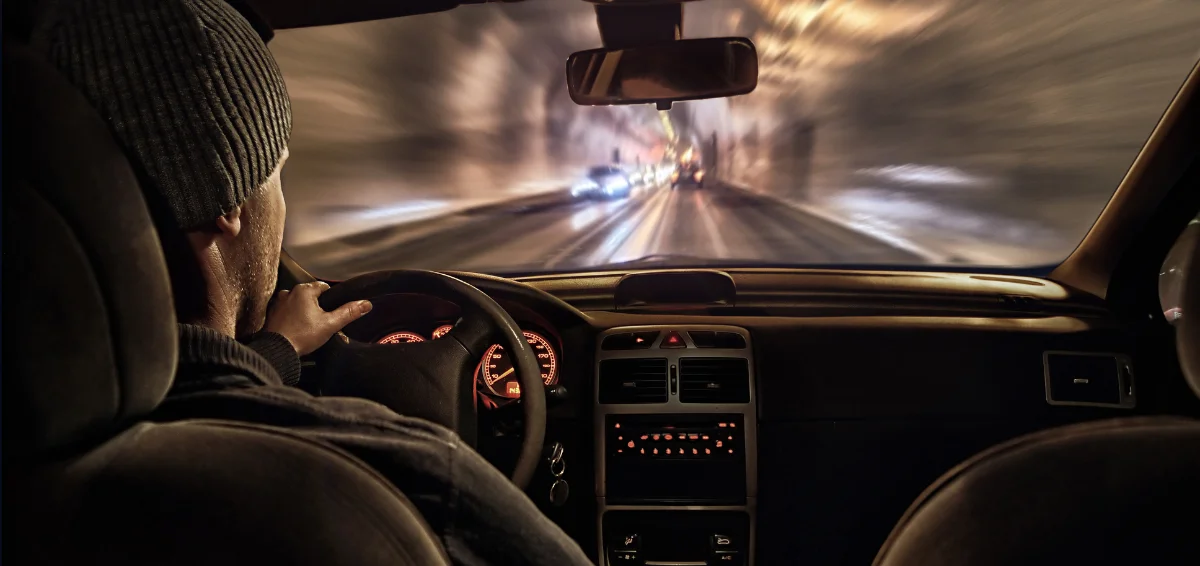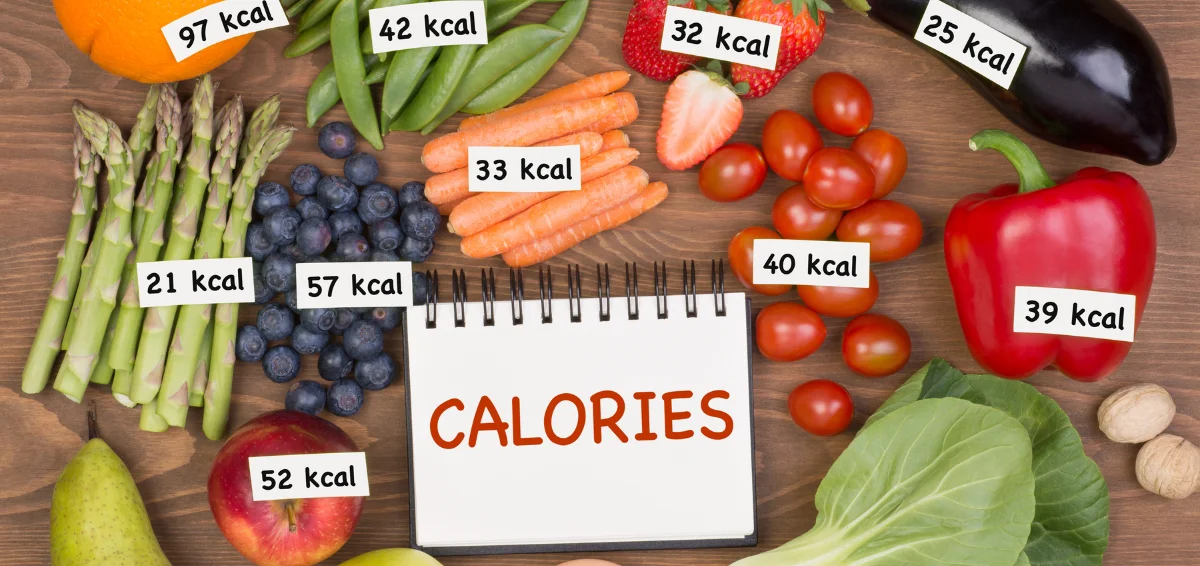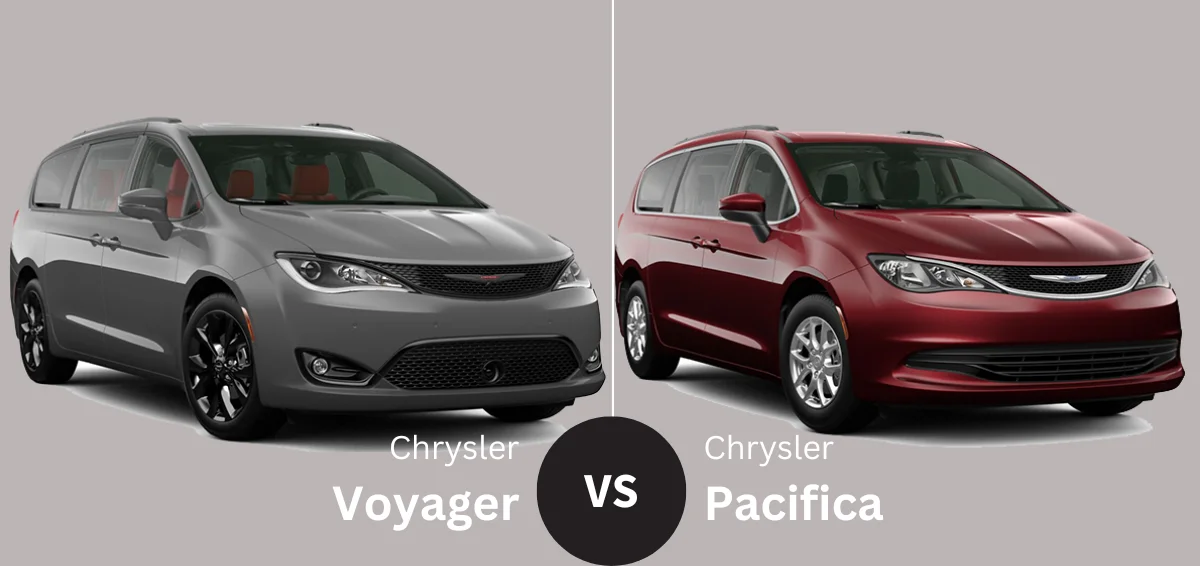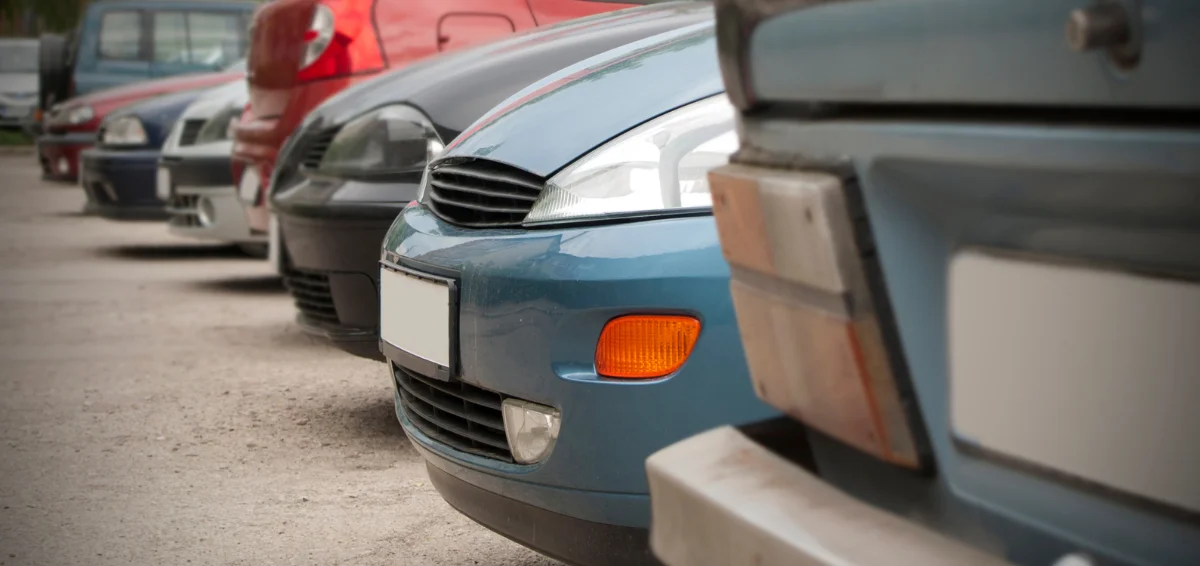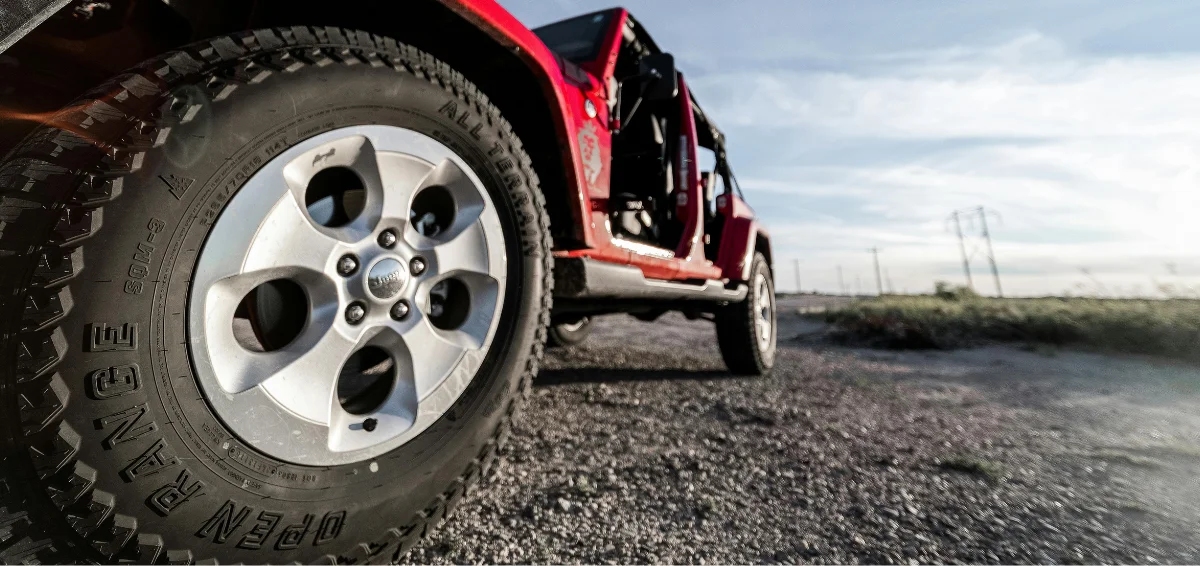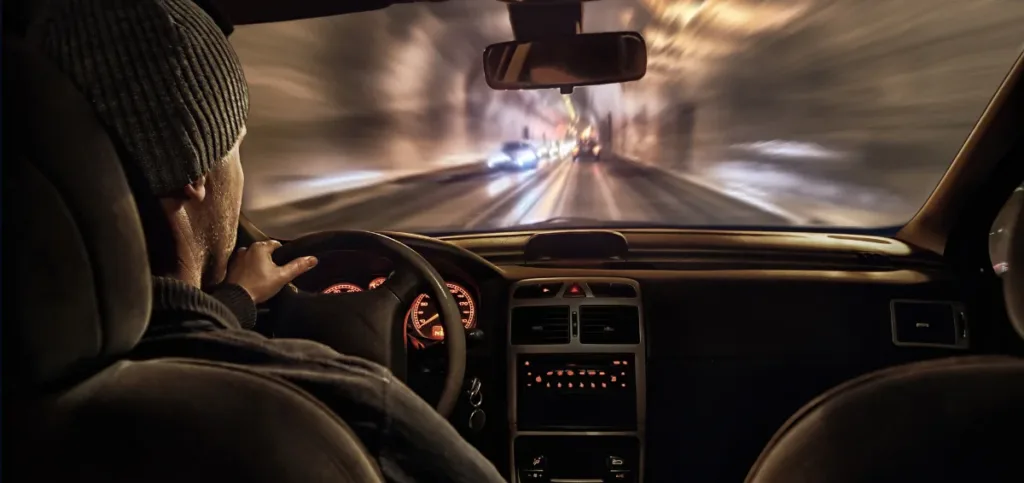
Some people enjoy driving in the dark, while for others, it is a duty they cannot refuse. Regardless, without proper precaution, it can quickly turn dangerous. Did you know that approximately 50% of traffic fatalities occur at night? Less visibility and a feeling of drowsiness make night drivers more vulnerable to accidents. One of the best ways to remain safe is to drive slowly in the dark. This is important because visibility is still reduced even though your headlights are on. Let’s discover why you should drive slower at night when the days are short. We’ll also give you some tips on driving safely at night.
Read Also: Chrysler Voyager vs. Pacifica
Why Is Slowing Down Your Driving So Important at Night?
The main reason why you should drive slower at night is reduced visibility. Turning on high-beam headlights will not give you a full view. It is limited to about 250 feet. In this case, you have less time to take corrective action if something happens. The situation is more severe for drivers aged 50 and older. They have greater difficulty seeing things in low-light conditions. Reducing your pace while driving at night is critical if you are in unfamiliar areas. On the same line, you must drive slower on narrow roads with many curves at night. It is important to drive within the range at a speed that allows you to stop within the distance that your headlights can cover at night.
Here are other reasons to appreciate the importance of driving slowly at night.
1. Natural Fatigue
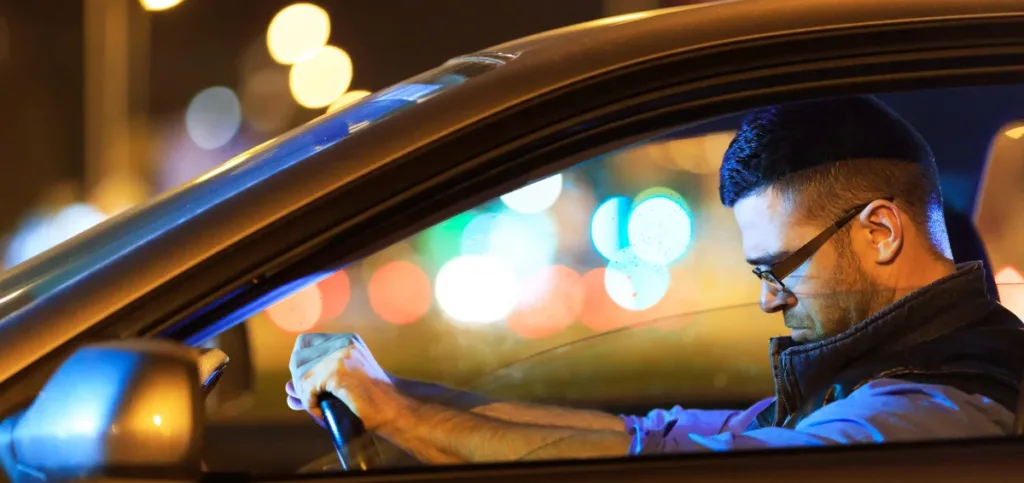
Humans are wired to stay awake during the day and feel drowsy at night. So, the chances of drowsy driving increases. This is especially prevalent in those under the age of 25. It, in turn, makes you highly prone to accidents or collisions.
2. The ‘Moth’ Effect
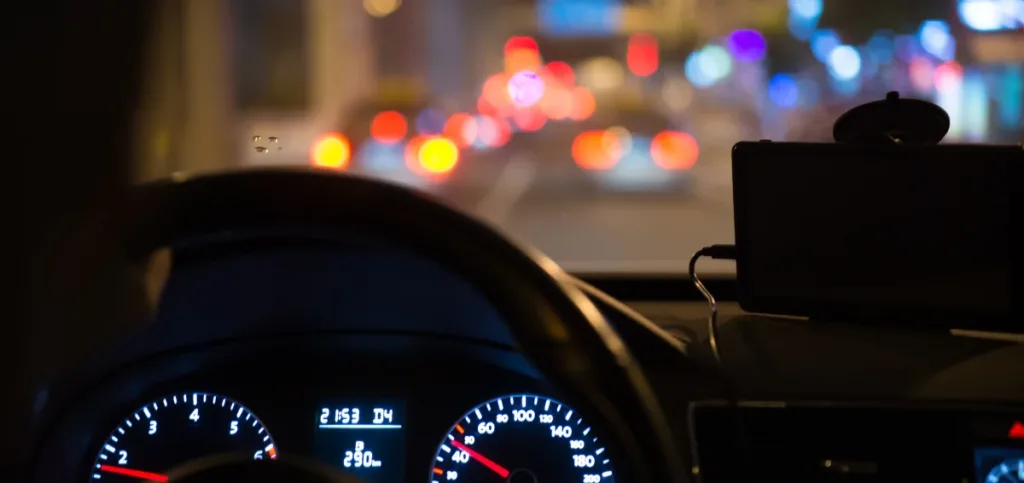
The ‘moth’ effect is attributed to most traffic fatalities at night. Nighttime glare from the headlights of other vehicles reduces how much you can see. This causes you to lose focus. It delays your reaction time till your vision clears.
3. Rush Hour Commute
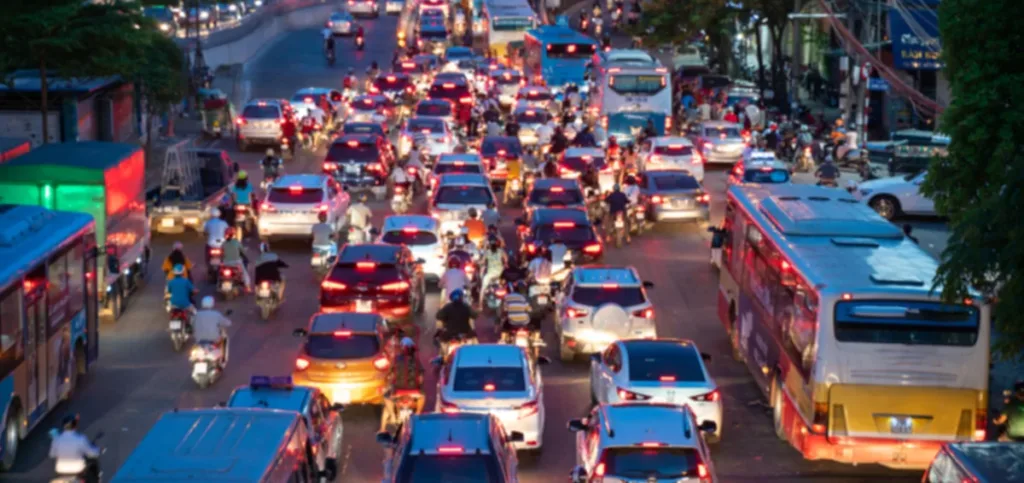
As much as we hate it, rush hour is, unfortunately, a reality for night drivers. The average sunset time is 4:40 p.m. during the winter. Between 4 p.m. and 7 p.m., rush hour is at its peak. It is one of the most dangerous times to be driving.
4. Many Intoxicated Drivers on the Road
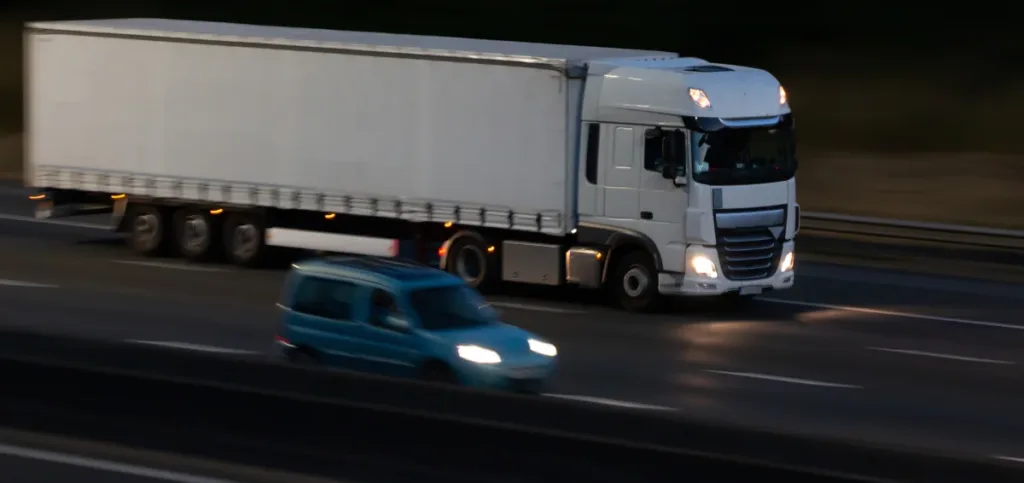
During the night, there are a more significant number of cars with intoxicated drivers. According to reports from the National Highway Transportation Safety Administration, most fatal drunk driving collisions occur during the night. Such car crashes are 3.3 times more likely to occur at night than in the day.
5. More Speeding Cars
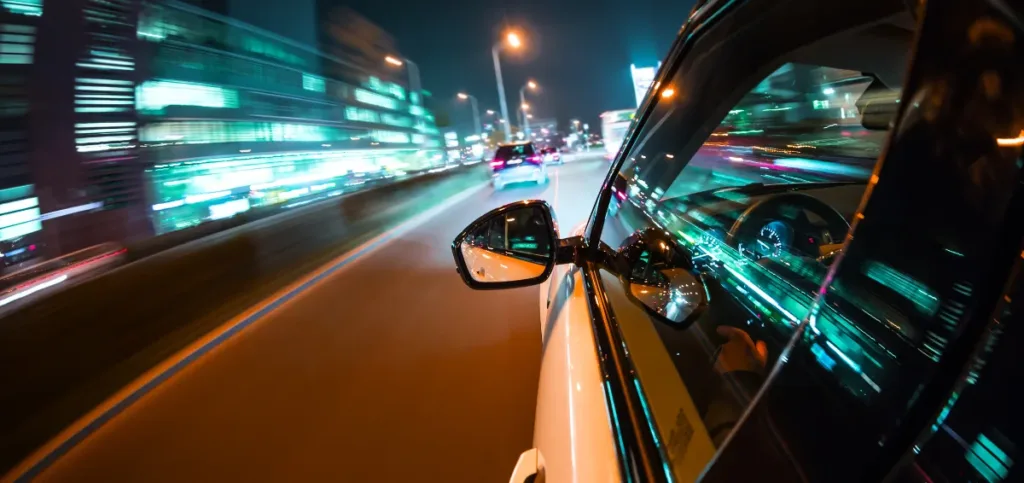
Most drivers do not drive at night because they like doing so. Many of them are in a rush to get back to their destination. During the latter part of the night, it is common to find vehicles speeding. This increases the chances of accidents as drivers get less time to take action in dangerous situations.
Tips to Drive Safely at Night
Nighttime driving can seem intimidating. However, driving safely can prevent or lower your chances of experiencing an unpleasant scenario. Here are some tips for why you should drive slower at night.
1. Use the Car’s Headlights Properly
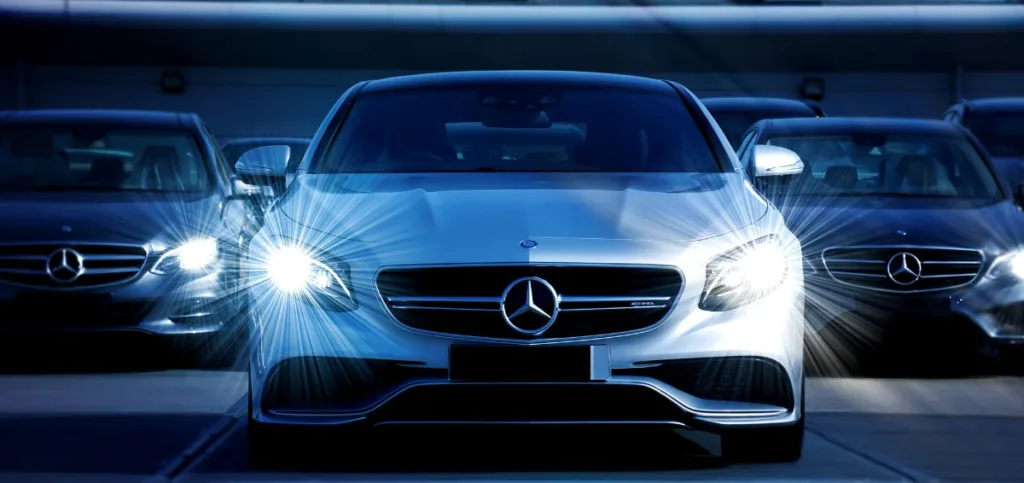
According to the law, headlights should be used 1.5 hours after the sun sets to 1.5 hours after it rises. This is because visibility is the lowest at this time (less than 300 m). Headlights should also be used if windshield wipers are used to clear sleet, snow, rain, dawn, dusk, and fog. Even when not helping you with vision, headlights enable pedestrians and drivers to notice your presence. If a driver flashes their headlights on you at night, your car is difficult to see. It’s an indicator that you should turn on your headlights.
2. Be Considerate When Using High-Beam Lights
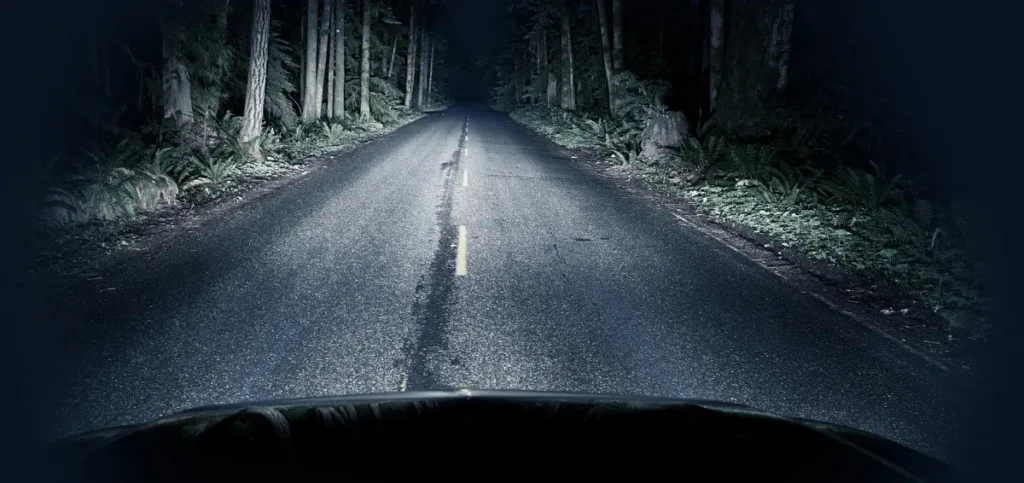
High-beam lights are best used on open highways and in rural areas. Dim these lights when you are 500 ft from the approaching vehicle. This ensures that the lights do not blind the driver of that vehicle. Use low-beam lights when a car is within 200 to 300 ft. If a vehicle approaching you has high-beam lights turned on, look toward the right side of your lane instead of in the front. This will prevent you from being blinded by the glare. You may also flash your car’s headlights to high-beam for a second. Then, return to the low beam. Avoid glare from the following cars by switching your inside rearview mirror to its night position.
3. Scan the Road As Far As Possible
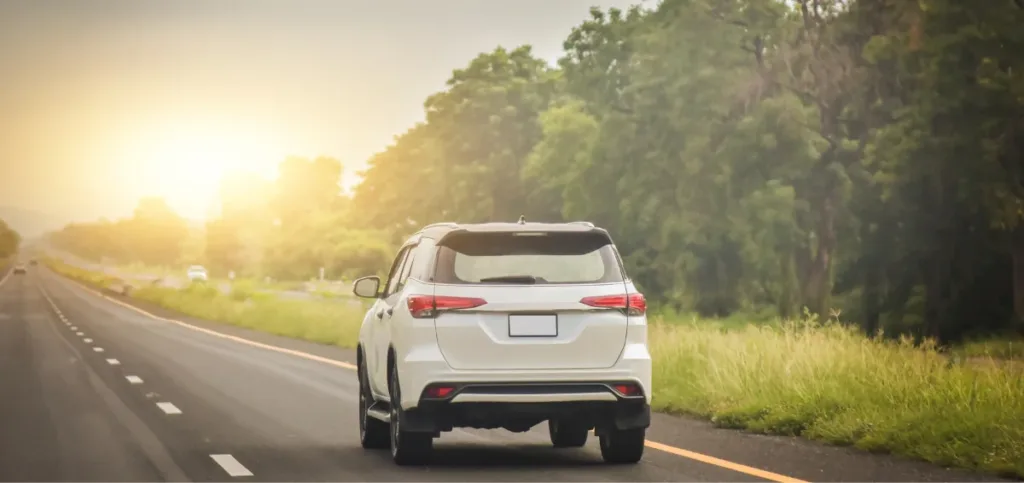
Because of low visibility, scanning the road as far as your vision allows is important during the night. Low-beam lights can travel up to 200 feet while high –beam up to 500 feet. So, scan as far as possible to avoid collisions.
4. Schedule Regular Car Inspections
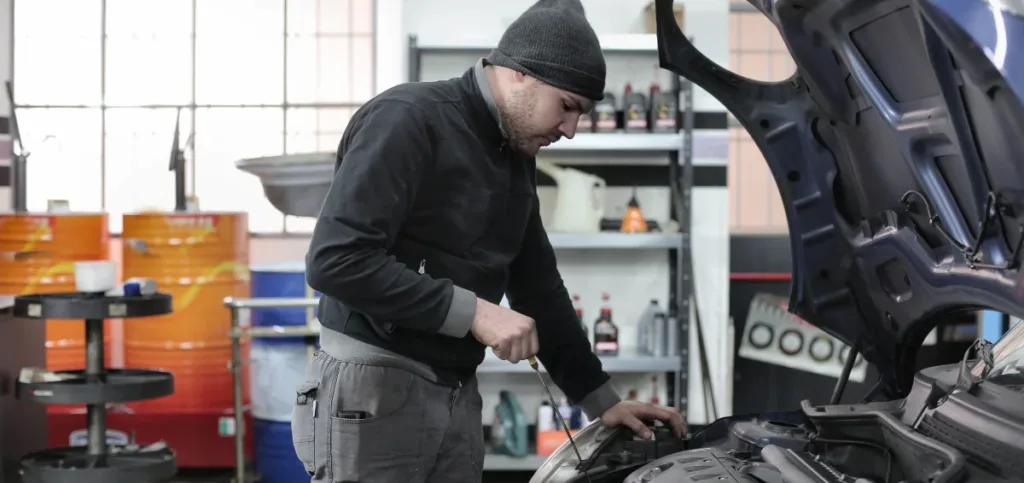
If you drive frequently at night, keeping your car in good condition is critical. Schedule regular car inspections with your mechanic. They will assess your vehicle’s components, such as brakes, headlights, and other parts, to ensure they are working properly. Issues, if any, will be detected during the inspection, reducing your chances of experiencing an unpleasant situation.
5. Prioritise Sleep
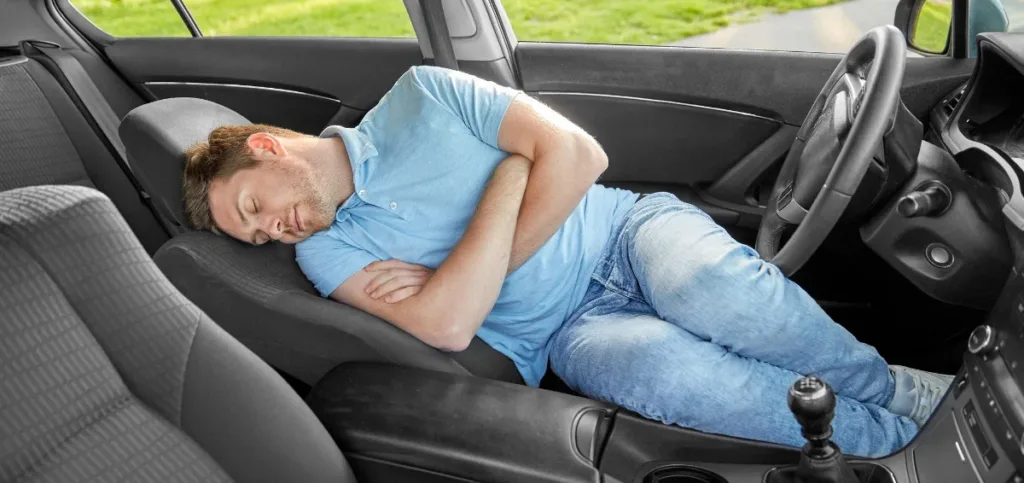
According to the AAA Foundation for Traffic, 328,000 driving crashes occur at night due to drowsiness and fatigue. So, having good sleep before heading out at night is essential, especially if you have to make a long trip. If you do feel tired or drowsy while driving, lower the windows. The cool air will help you stay awake. Another option is to reduce the radio’s volume to prevent yourself from dozing off.
Read Also: How To Become a Train Engineer?
Final Thoughts
Driving at night poses many safety risks. It is crucial to remain proactive when on the road at this time. However, knowing about the dangers of nighttime driving and following the tips mentioned above will dramatically lower your chances of experiencing a collision. It will also make the road safer for you and others.

